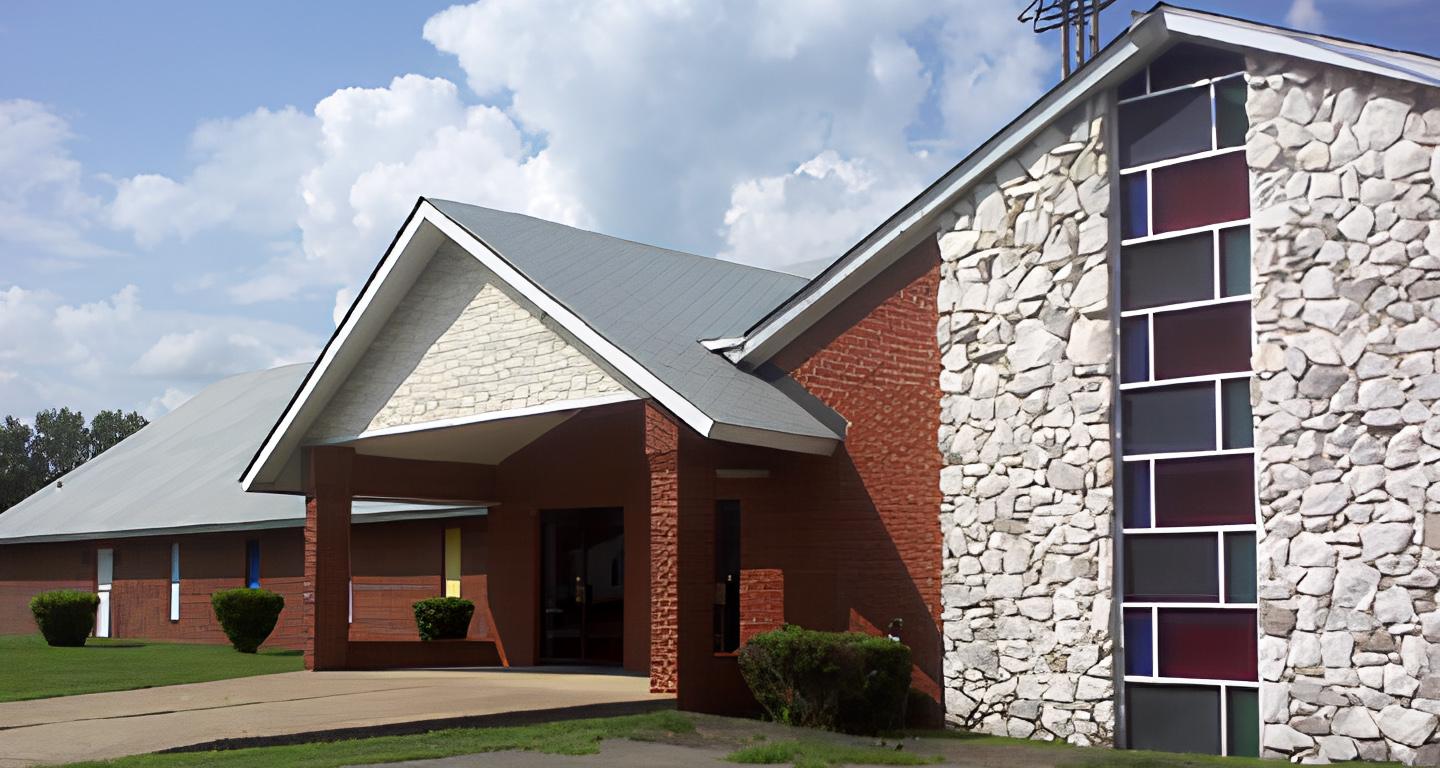
Virginia church’s versatile pandemic innovations foster broader community

In March 2020, Pastor Charles Tillman knew that his church would have to do its Sunday services differently in light of the pandemic, but he didn’t think it would require so much sweat.
Tillman pastors Woodville Church of the Nazarene, located in Richmond, Virginia. His congregation was included in Understanding the Pandemic Impact on Black and Multiracial Congregations, co-authored by Clarvon Watts, a sociologist and postdoctoral research fellow at the Hartford Institute for Religion Research. The study was part of the Exploring the Pandemic Impact on Congregations: Innovation Amidst and Beyond COVID-19 project.
Watts’ report in particular focused on the “similarities and differences between majority-Black, majority-white, and multiracial congregations in how they approached the pandemic and the extent of how they are impacted.” One of the main insights gleaned from the study was in the versatility of worship offerings that majority Black-led congregations offered in comparison to their nonwhite peers.
Woodville Church of the Nazarene exemplified this versatility through an array of in-person and virtual options during the height of the pandemic. For Tillman, this approach was imperative to maintaining a sense of community with his congregation.
First, Sunday services were held in the church’s parking lot. Congregants could drive into the parking lot and participate in the comfort and safety of their air-conditioned cars. This process continued through October, when the church began to slowly phase back into having services in their building.
Tillman’s memories of the outdoor services immediately gravitated toward the hot summer months.
“When I was preaching, it was 90 degrees out there,” he said. “We got a cooler full of water. People sat in their cars and rolled down the windows and listened to the service. There were also a few people who brought chairs and sat on the perimeter of the parking lot as well.”
Tillman recalled how having those outdoor services fostered a stronger community with those who lived in the neighborhood.
“Neighbors came out and sat on the porch and they began listening to our services,” he said.
As much of an ordeal as these services were, he said the congregation appreciated it.
“We’re very vocal in the Black church. I’m accustomed to my congregation talking back to me. When I’m preaching, there’s a lot of back and forth. It’s different than in the Anglo church,” he shared, adding that congregants as well as the new neighbors who joined were grateful for the outdoor services as they offered some semblance of embodied community.
Learning how to foster community for the church’s Wednesday Bible study was a challenge. Prior to the pandemic, the church had no live stream component but soon began conducting Wednesday night Bible studies via Zoom.
“That was new to me,” Tillman said.
The new format required more imagination to keep people engaged.
“Given that many people were calling in on their phone, I didn’t want the study to be a straight lecture,” he said. “I allowed input from the congregation. Throughout the lesson, we interacted more than we had in person and had more of a discussion.”
Tillman braced himself for more pushback from the congregation but found that they were receptive to the new initiatives. The adjustments resulted in shorter services, which Tillman joked was a highlight for the congregation.
“Inside the building, our services would last about two hours but once we did the parking lot we were more in the one hour and 15 (minutes) to one hour and 20-minute range,” he said.
Ultimately, he is excited to see how the church develops in four to five years. The adaptions due to COVID gave them the freedom to imagine how to grow their ministry.
“All these are things that we never would’ve even imagined had we not gone through COVID. So, in that regard, COVID has caused us to be better in terms of how we offer ministry. I see those areas expanding and allowing us to reach more people and be a stronger congregation because of it,” he said.
This story was adapted from a version that was published by the Hartford Institute for Religion Research. To read the full story, click here.
